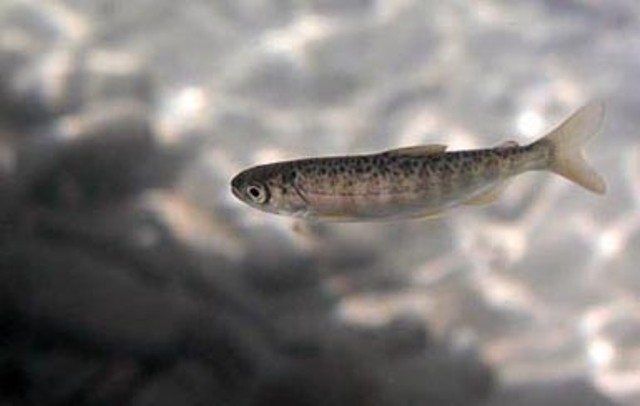A historic partnership was made between the Tsilhqot’in National Government and Department of Fisheries and Oceans (DFO) to develop a permanent salmon conservation hatchery in their territory.
It will be managed and operated by the TNG and has been a long-standing Nation-wide priority for the recovery and rebuilding of territory stocks.
“Salmon are an integral part of our life as Tsilhqot’in people.” TNG Tribal Chair Chief Joe Alphonse stated in a release, “We have the most selective and sustainable fishery in the world with our traditional dip net fishery. Unfortunately our efforts to protect wild salmon stocks that spawn in our territory, more had to be done.”
Tsilhqot’in salmon face unprecedented challenges with the significant decline of Jas (Chinook) over the last few decades, near extirpation of tislagh (Steelhead), and record-low returns of Ts’eman in recent years.
“A permanent conservation hatchery is a welcomed addition to the fight to conserve Tsilhqot’in salmon,” Alphonse stated, “Due to the Tsilhqox landslide this summer, our people did not harvest fish. This loss is not just a localized issue, salmon are a life source for people, lands and animals as they make their journey through the ocean and waterways.”
In 2019 a small-scale TNG-led interim salmon conservation hatchery was established.
The TNG said the establishment of a larger, permanent hatchery is an important milestone for the Nation in protecting and recovering Tsilhqot’in salmon populations.
“We are hopeful that with the right level of commitment and collaboration this hatchery will help support the rebuilding of our most vulnerable salmon populations and a thriving fishery for the future,” Alphonse said.
Construction of the proposed hatchery will be funded by the Government of Canada.
Over the past year, the government has provided $675 thousand to the Tsilhqot’in National Government to support the response to the recent landslide on the Chilcotin River and other fishery related activities.
The proposed hatchery will support Chilcotin-watershed Chinook populations, some of which have been assessed as at risk by the Committee on the Status of Endangered Wildlife in Canada.
Two other hatcheries are planned for Prince George and Gitanyow.
–Files by Pat Matthews, My Cariboo Now
Something going on in the Prince George area you think people should know about?
Send us a news tip by emailing [email protected].






